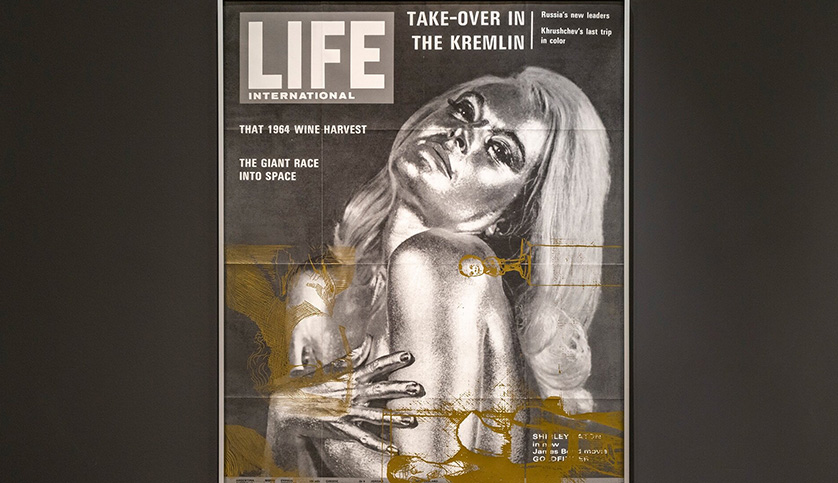Cumhuriyet dönemi Türkiye edebiyatının en parlak ve en üretken isimlerinden biri olan Haldun Taner’in aynı adlı tiyatro oyunundan sinemaya uyarlanan Keşanlı Ali Destanı’nda Haldun Taner, sinemanın efsane isimlerinden Atıf Yılmaz ve yapımcılığı üstlenen Memduh Ün’ün yolları kesişiyor. 1964’te, Türkiye sinemasının nicelik açısından “patlama” yaşadığı bir dönemde gösterime giren epik film, Sineklidağ adında bir gecekondu semtinde geçiyor. Kuştepe ve Hoca Hüsrev semtlerinde çekilen Keşanlı Ali Destanı, hapisten döndüğünde ezilmemek için güçlü ve zalim olmayı seçen, Fikret Hakan’ın canlandırdığı Ali’nin “efsane”sini anlatıyor. Keşanlı Ali Destanı, Fikret Hakan anısına gösteriliyor.

Inspired by the exhibition And Now the Good News, which focusing on the relationship between mass media and art, we prepared horoscope readings based on the chapters of the exhibition. Using the popular astrological language inspired by the effects of the movements of celestial bodies on people, these readings with references to the works in the exhibition make fictional future predictions inspired by the horoscope columns that we read in the newspapers with the desire to receive good news about our day.
Tuesday - Saturday 10:00 - 19:00
Friday 10:00 - 22:00
Sunday 12:00 - 18:00
The museum is closed on Mondays.
On Wednesdays, the students can
visit the museum free of admission.
Full ticket: 300 TL
Discounted: 150 TL
Groups: 200 TL (minimum 10 people)